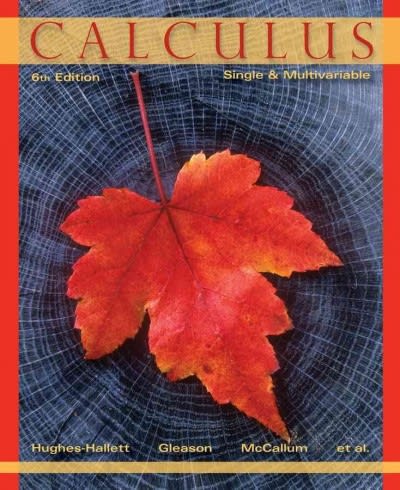Answered step by step
Verified Expert Solution
Question
1 Approved Answer
A D 1 Time Unit 2 18.30 3 17.50 5 4 12.80 8 5 11.30 12 6 10.00 17 7 8.50 21 8 18.90 24




Step by Step Solution
There are 3 Steps involved in it
Step: 1

Get Instant Access to Expert-Tailored Solutions
See step-by-step solutions with expert insights and AI powered tools for academic success
Step: 2

Step: 3

Ace Your Homework with AI
Get the answers you need in no time with our AI-driven, step-by-step assistance
Get Started


